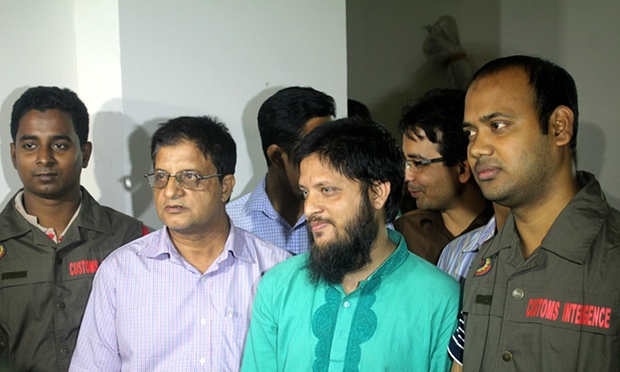Police who seized Asia’s largest known shipment of liquid cocaine – worth $14m – say it was headed for India, but that may not have been the final destination
Police who seized Asia’s largest known shipment of liquid cocaine at a Bangladeshi port in late June say it was headed for India, the latest sign drug cartels are increasingly plying their trade in south Asia.
It is not clear whether India was the final destination for the cocaine, worth as much as $14m, or whether it was a transit point for other markets in Asia and Europe.
“They wanted to redirect it to India when it got stuck at Chittagong,” Bangladeshi police official Mohammad Kamruzzaman said. He said they found correspondence that said the shipment was headed for “any port in India”.
Big drug busts in the region are becoming more common. Over the past three months Indian and foreign police sources said larger than usual amounts of high-purity cocaine carried mainly by South American and African drug mules have been seized in India. Multi-kilo hauls have also turned up in Kathmandu.
The seizures point to south Asia’s role as a possible transhipment hub, as highly organised gangs, possibly from Latin America, look to hide their tracks to US and European markets by taking advantage of soft security at the region’s ports.
Like other global businesses, groups such as Mexico’s Sinaloa or Pacific Cartel also see Asia as a growth market, and have turned up in Australia, Hong Kong and the Philippines in recent years.
The United Nations believes more cocaine is moving through south Asia undetected.
“This is a huge wake-up call,” said Cristina Albertin, the south Asia representative for the United Nation’s Office on Drugs and Crime (UNODC), referring to the Bangladesh bust.
Up until now, much of counter-narcotics agencies’ work in the region was focused on the smuggling of heroin and synthetic drugs and especially on Afghanistan, which produces around 90% of the world’s illicit opiates.
The recent hauls of cocaine have taken them by surprise.
The UNODC has been training port officials in Chittagong on how to better follow paper trails that help spot suspicious cargos and gave officials drug testing kits.
But the kits were adapted to the region and so didn’t have the test for cocaine. “Now we will also have to give them that,” Albertin said.
Cocaine use, while still low compared with Europe and North America, is on the rise among newly wealthy party-goers in the biggest cities of Asia’s fast growing economies.
“Latin American drug trafficking organisations, those who are well structured, are now looking for new markets, particularly for their cocaine and methamphetamine production,” said Antonio Mazzitelli, the UNODC representative in Mexico.









